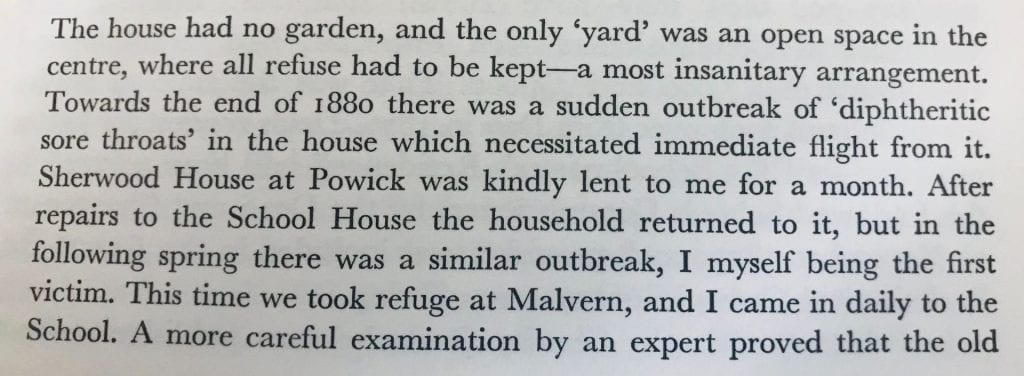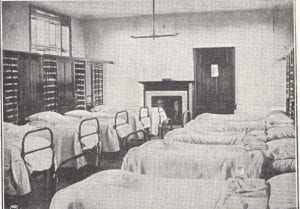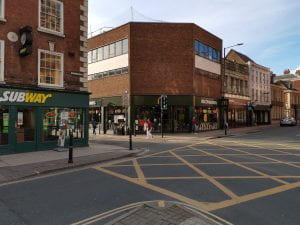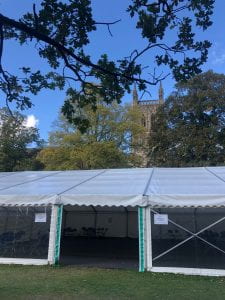Last term, King’s played rivals RGS in the 2022 Superball. For a sports fan who lacks real knowledge of the sport of netball, this was my first experience of the most watched school netball game in the country.
King’s started off slowest in what was an even first quarter with RGS taking the lead by a couple of goals. By the second quarter, shooters Charlotte W, Tamara M and youngster Maddie W were really starting to find their rhythm in front of the loud Worcester crowd. However, RGS took a 3 goal advantage at the half time interval, 16-13.
After a show of ‘brilliant’ shooting in the half time challenge from some of the U6 boys, King’s resumed their battle with the Grammar. The shooters continued to stay calm under pressure and Captain Emily D was ever present in all the King’s attacks, controlling the midfield for The Dots. RGS continued to lead through their Captain and held onto a 2 goal lead at the end of the 3rd quarter.
All was to play for in the final quarter as the ‘Green Army’ began to tire. King’s continued to battle through Jaz F and Emily D and some great defensive effort from Maggie M and Georgia H kept the RGS shooters at bay allowing the King’s shooters to capitalise, bringing them back level with 30 seconds left. Lower Sixth member Tamara M then sunk a close shot to give King’s the lead and the WIN WITH 5 SECONDS TO GO. The Arena erupted with delight from the Dots supporters and the girls had pulled off one of the biggest and best comebacks in school sport history.

Commiserations go out to RGS as that was a tough way to lose having led the whole game. But in the last big sporting event of the calendar year, King’s took the victory meaning a 2-1 aggregate win for the Dots (the football was a draw so doesn’t count). Congratulations to the girls and it was a great event rounding off a great day and year for the many U6 girls who leave the school at the end of the year. #WorcesterIsBlue
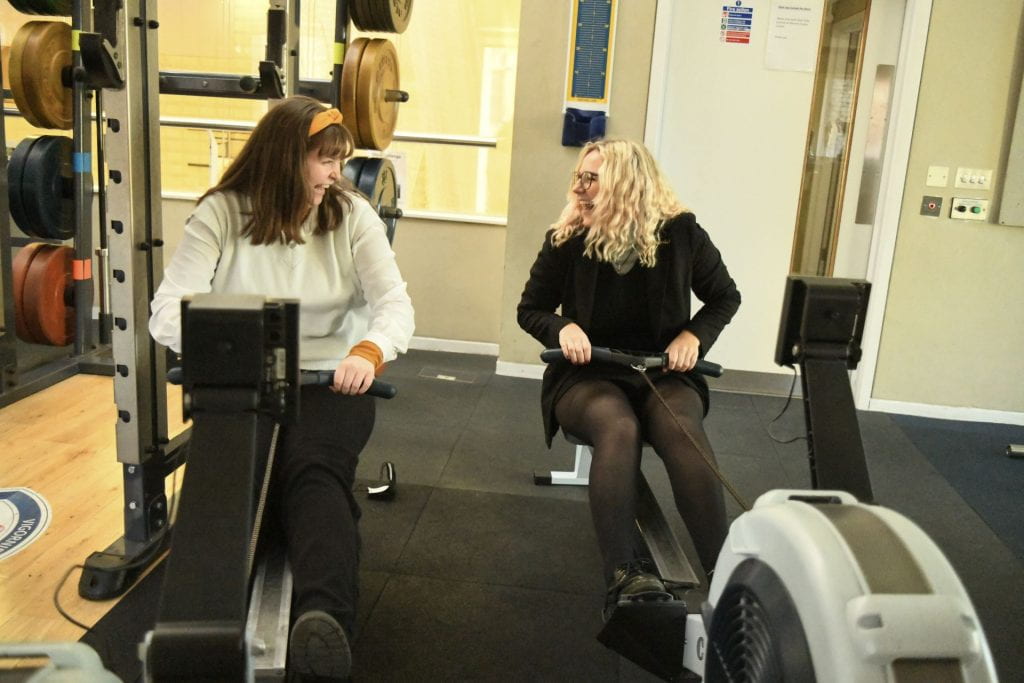








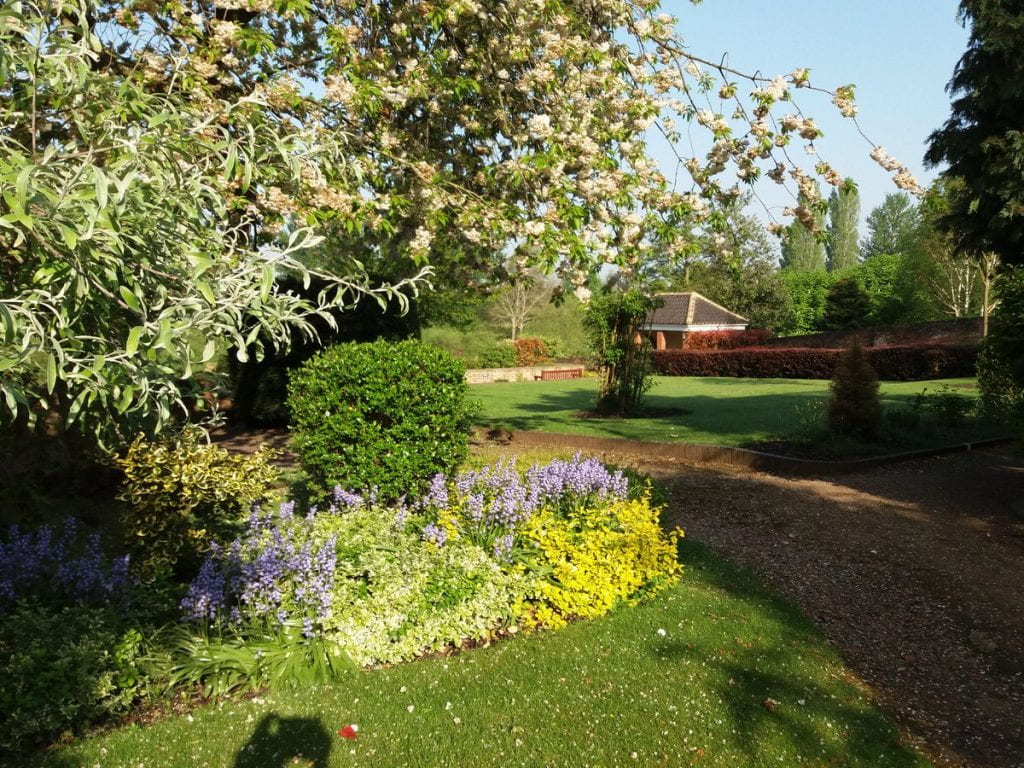

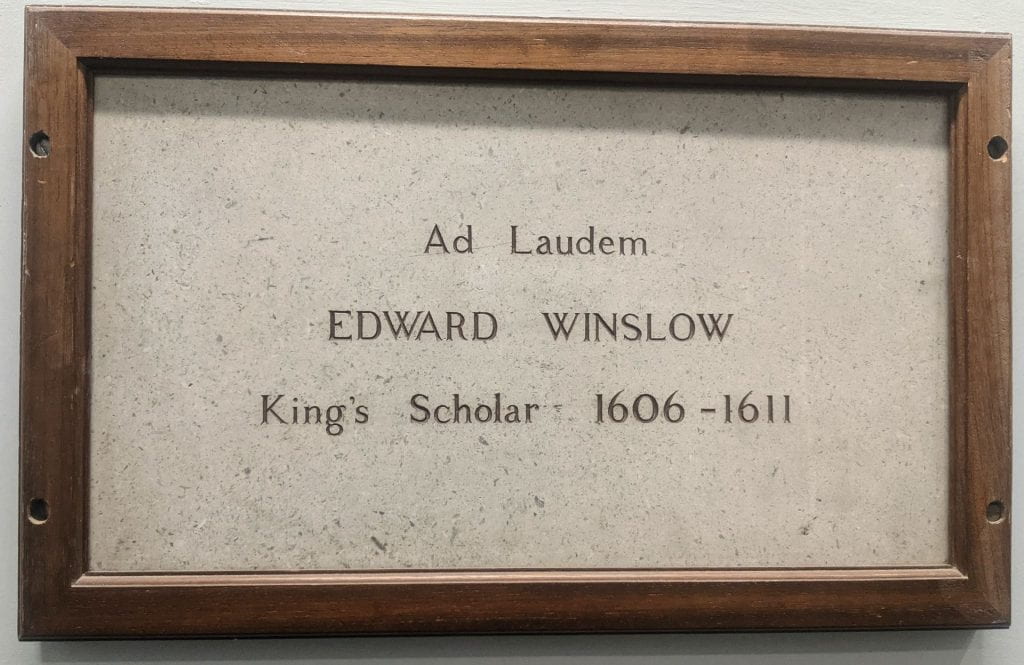
 Edward Winslow was born on 18th October 1595 in Droitwich and he was a King’s scholar from 1606 to 1611. During his time at school, King’s was very different to how we know it now. School days lasted for eleven hours and lessons included subjects such as Rhetoric (the study of persuasive speech and writing) and Mythology.
Edward Winslow was born on 18th October 1595 in Droitwich and he was a King’s scholar from 1606 to 1611. During his time at school, King’s was very different to how we know it now. School days lasted for eleven hours and lessons included subjects such as Rhetoric (the study of persuasive speech and writing) and Mythology.





